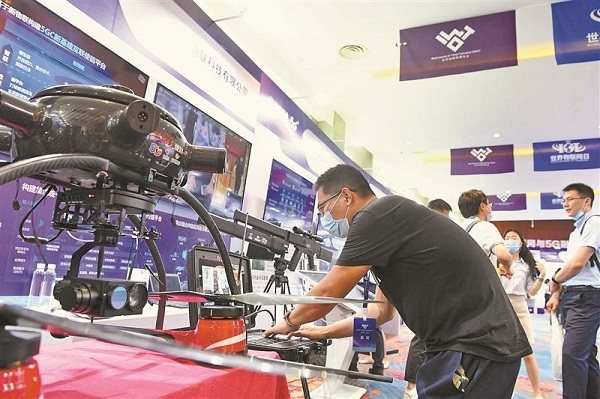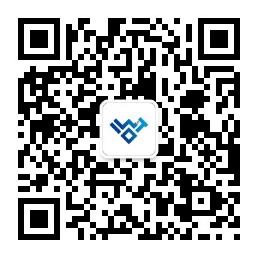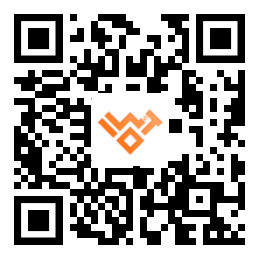Wuxi plans to be IoT leader over next decade

Latest internet of things and 5G products are displayed at the 2020 World Internet of Things Exposition in Wuxi on Aug 7. [Photo/wxrb.com]
Wuxi, with more than a decade of growth in technology-based industries, expects to maintain its position as an industrial leader through advanced technology, specifically the internet of things (IoT), for the next 10 years.
The year 2019 marked a decade since Wuxi was tasked by the State Council to construct China's national sensor network innovation demonstration zone to support the development of the digital economy. Since then the zone has been working toward creating what it calls the "Sensing China Center" which is aimed at demonstrating IoT applications across all areas of society, from transport to life at home.
Over the past 10 years, the city has taken full advantage of the demonstration zone to develop a robust IoT industry and has been at the forefront of the country's technological development and application.
Wuxi is home to a complete IoT industrial chain of more than 2,000 companies producing sensing chips, network communications and application products. Their operating revenue surpassed 280 billion yuan ($40 billion) in 2019.
Wuxi's IoT enterprises have been working as the main force in the fight against the COVID-19 epidemic.
BayNexus, a Wuxi-based company specializing in smart healthcare, provided a smart nursing system using radio frequency identification technology to hospitals in Chongqing and in Hubei, Jiangxi, Shandong and Jiangsu provinces.
The system allows nurses to quickly identify each patient by swiping their wrist strap, which reveals their travel routes and information about the people they have been in contact with.
Also, emerging industries have boosted the recovery of local economy. In the first half of 2020, the city's GDP increased by 0.8 percent year-on-year to 551.6 billion yuan. The total revenue of the IoT, high-end software, integrated circuits, big data and cloud computing sectors increased by 12.3 percent, 26.9 percent, 31 percent and 17.08 percent year-on-year.
Wuxi also focuses on the construction of basic information infrastructure such as 5G and Internet Protocol version 6 (IPv6) based services.
Wuxi built more than 6,600 5G base stations in the first six months of this year, almost achieving full coverage in the city's key areas. A total of 5,500 NB-IoT (NarrowBand internet of things) base stations have made up a full NB-IoT network in the city.
In 2018, the first city-level internet of vehicles LTE-V2X (vehicle-to-everything) application demonstration area was built in Wuxi. Over the past two years, Wuxi has transformed nearly 280 road intersections and over 500 roadside facilities in the urban area and Taihu New City to facilitate testing on internet of vehicles.
The LTE-V2X communication network fully covers the 220-square-kilometer demonstration area, which is the world's largest city-level C-V2X network and the first city-level demonstration area built on open roads.
The demonstration area is expected to cover 550 square kilometers with 600 intersections in the future, according to officials.



